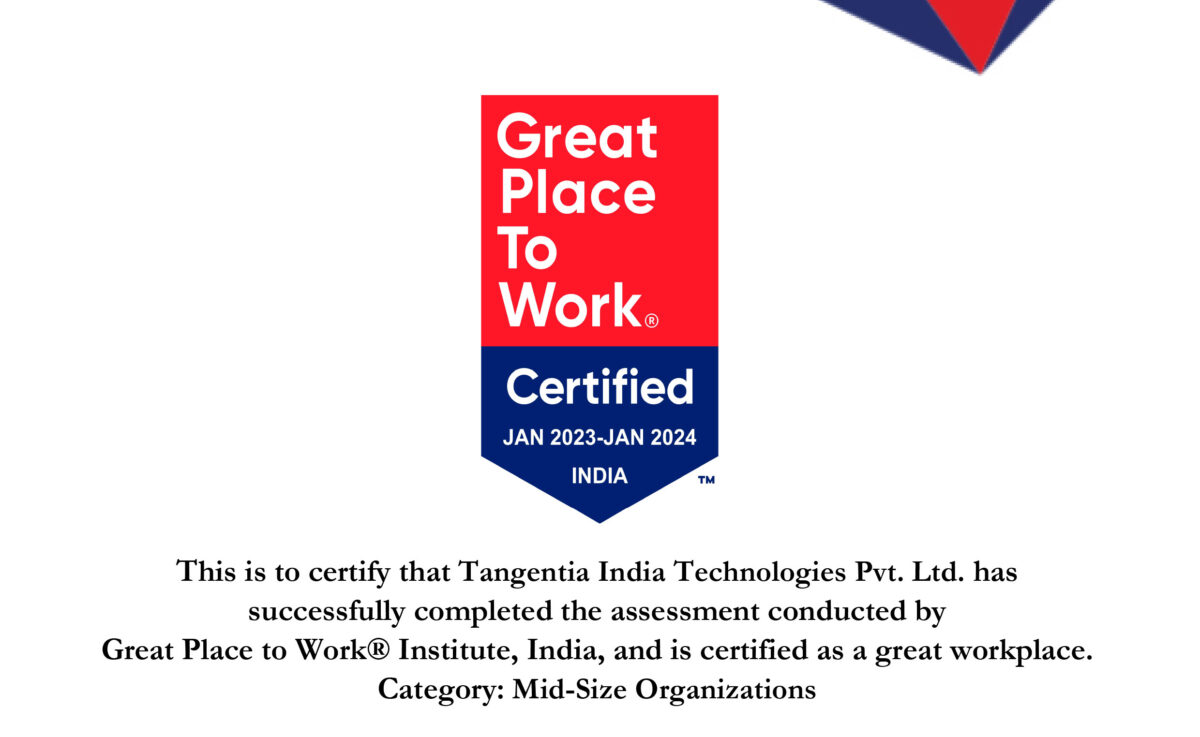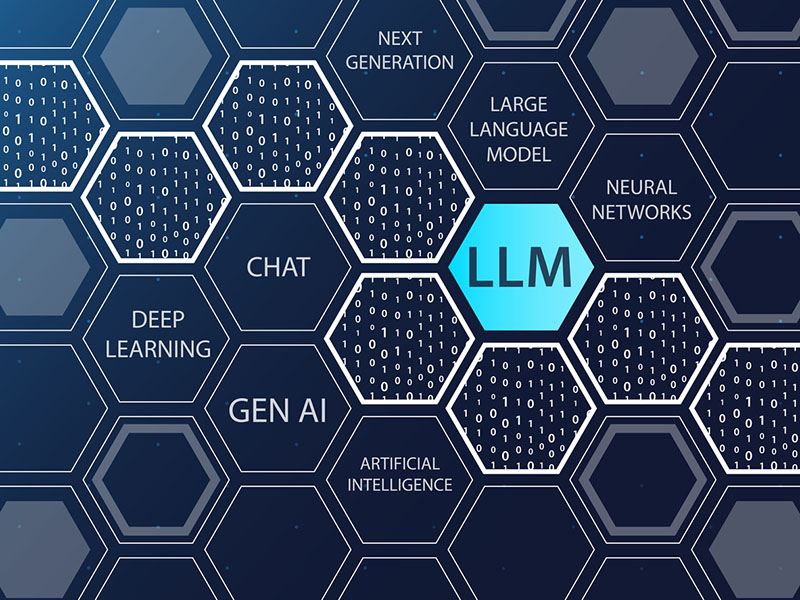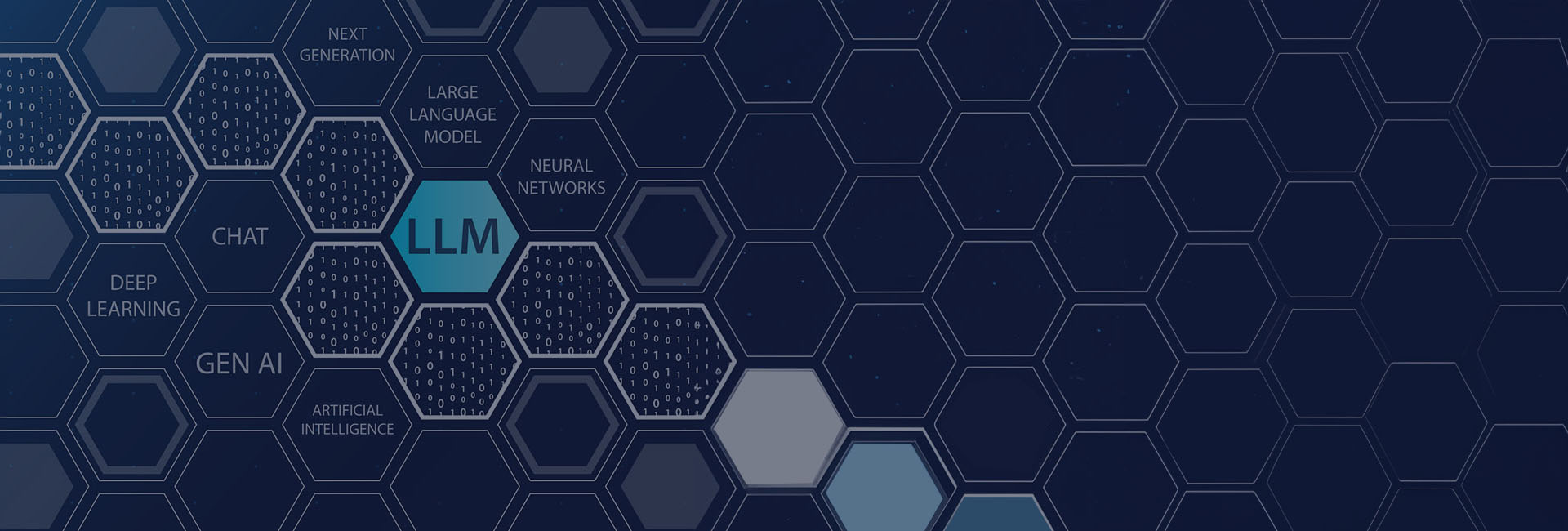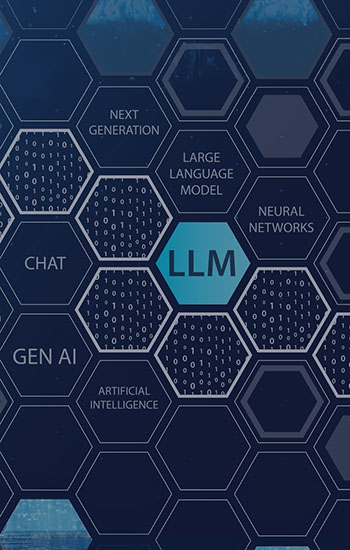In the ever-evolving landscape of technology, industries are constantly seeking ways to streamline operations, cut costs, and increase efficiency. One remarkable innovation that has emerged in recent years is Robotic Process Automation (RPA). RPA has become a game-changer for businesses looking to automate routine tasks and improve productivity. But what if we could take RPA to the next level by incorporating Language Model Models (LLMs) into the mix? In this blog, we will explore the concept of LLM-powered Robotic Process Automation and its potential to revolutionize industries across the globe.
The Rise of Robotic Process Automation (RPA)
Robotic Process Automation is the technology that allows businesses to automate repetitive and rule-based tasks using software bots or “robots.” These bots are programmed to perform tasks just like a human would but with higher speed and accuracy. RPA has found its application in various industries, including finance, healthcare, customer service, and manufacturing. It has successfully reduced human errors, increased efficiency, and freed up employees to focus on more value-added tasks.
What are Large Language Models (LLMs)
Large Language Models (LLMs) are a type of artificial intelligence (AI) model that is designed to understand and generate human language. These models are built using deep learning techniques, particularly a type of neural network architecture called a transformer, which has proven highly effective for natural language processing tasks. LLMs have found applications in a wide range of fields, including natural language understanding, machine translation, chatbots, content generation, and more. They continue to be a subject of active research and development, with ongoing efforts to improve their capabilities and address their limitations.
Key characteristics of Large Language Models include:
Supply Chain Solutions:
- Size: LLMs are characterized by their large number of parameters, often in the billions. Models like GPT-3, GPT-4, and their variants are examples of LLMs. The large size allows them to learn and represent a vast amount of language data, making them capable of understanding and generating human-like text across a wide range of topics and languages.
- Pretraining and Fine-Tuning: LLMs are typically pre-trained on a massive corpus of text data from the internet, which helps them learn grammar, vocabulary, and world knowledge. After pretraining, they can be fine-tuned on specific tasks or domains to make them more specialized.
- Generative Abilities: LLMs can generate coherent and contextually relevant text. They can be used for tasks such as text generation, language translation, text summarization, and more.
- Natural Language Understanding: LLMs excel at natural language understanding tasks, such as sentiment analysis, text classification, and question-answering. They can comprehend and analyze text based on the context and provide meaningful responses.
- Versatility: LLMs are versatile and can be adapted to various language-related tasks with relatively little task-specific training.
- Ethical and Societal Considerations: The development and use of LLMs raise ethical and societal concerns, including the potential for misuse in generating fake news, biased content, and privacy implications.
- Computational Resources: Training and using LLMs require significant computational resources, including powerful hardware and access to large datasets. This makes them accessible primarily to well-funded organizations and researchers.
The Power of Large Language Models (LLMs)
Large Language Models, like GPT-3.5, have gained significant attention for their ability to understand and generate human-like text. These models are pre-trained on vast amounts of text data and can perform tasks such as language translation, and content generation, and even answer questions with remarkable accuracy. LLMs have been a transformative force in the fields of natural language processing and artificial intelligence.
The Synergy of LLMs and RPA
Imagine a scenario where RPA bots are not just programmed to perform predefined tasks but are also capable of understanding and generating human language. This is where the synergy of LLMs and RPA becomes a game-changer. Here are some ways in which LLM-powered RPA can revolutionize industries:
Enhanced Customer Support
LLM-powered RPA bots can engage with customers in natural, human-like conversations. They can understand customer queries, provide personalized responses, and even handle complex issues by accessing a vast knowledge base. This level of automation can significantly improve customer support services, reducing response times and ensuring consistent quality.
Intelligent Data Analysis
In industries like finance and healthcare, data analysis is a crucial task. LLM-powered RPA bots can not only analyze data but also generate insightful reports in a format that is easily understandable by humans. This can save organizations valuable time and resources while enabling data-driven decision-making.
Streamlined Document Processing
Many businesses deal with a large volume of documents daily. LLM-powered RPA bots can be trained to extract information from documents, classify them, and even generate summaries or reports based on the content. This can lead to faster document processing and reduced manual errors.
Multilingual Capabilities
For global businesses, language barriers can be a significant challenge. LLM-powered RPA bots can easily translate between languages, making it possible to communicate with customers, partners, and employees worldwide seamlessly.
Continuous Learning and Adaptation
LLMs are known for their ability to learn and adapt to new data. This means that LLM-powered RPA bots can continuously improve their performance over time. They can stay up-to-date with industry trends, regulations, and customer preferences, ensuring that they always deliver the highest level of service.










